People have practiced body modification for literally centuries, but nipple piercings are a trend that come and go.
“Appointments spike when a new celebrity shows off her pierced nipples,” says Brian Keith Thompson, chief piercing officer at Body Electric tattoo and piercing salon in L.A. ICYMI, that includes areola style icons Rihanna, Kylie Jenner, Bella Hadid, and Miley Cyrus.
There’s also definitely been an overall interest in the nipple over the past couple of years (#FreeTheNipple), fueling the fire for bedazzled nips.
So if you’re intrigued by the idea or thisclose to walking into a piercing studio to get your own, peep this primer to, er, nip all your questions in the bud (or should I say boob?).
Does a nipple piercing hurt?
While nipple piercings may feel great afterward—or, ya know, eventually—the actual moment when a needle goes through your nipple feels exactly as you’d imagine it to. “Nipples are packed with nerve endings, so be ready for pain,” says Debra Jaliman, MD, a New York City-based dermatologist.
But know that just how painful the piercing is varies from person to person. “Some people feel excruciating pain for a split second; others are like, ‘Oh, that was it?'” says Thompson.
If you’re stressed out, sleep-deprived, or a few days’ deep into a bender, you’ll likely feel more pain since your body is in a compromised state. So, like, don’t do that.
“The pain is a rite of passage—if it didn’t hurt a little, it wouldn’t be as cool or monumental.”
“The pain isn’t so bad that it should ever stop you from getting the piercing,” says Thompson. “And it’s basically a rite of passage—if it didn’t hurt a little bit, it wouldn’t be as cool or monumental.” (Preach.)
How long do nipple piercings take to heal?
On average, a nipple piercing needs about six months to heal. It can be quicker—say, four or five months if you care for it properly (don’t worry, those tips are coming next)—but healing is a natural body process that you can’t really rush.
Why so long, you ask? Mainly because your upper torso doesn’t get a ton of blood flow, and blood is what carries the oxygen and nutrients your cells need to repair trauma (yes, a piercing is trauma).
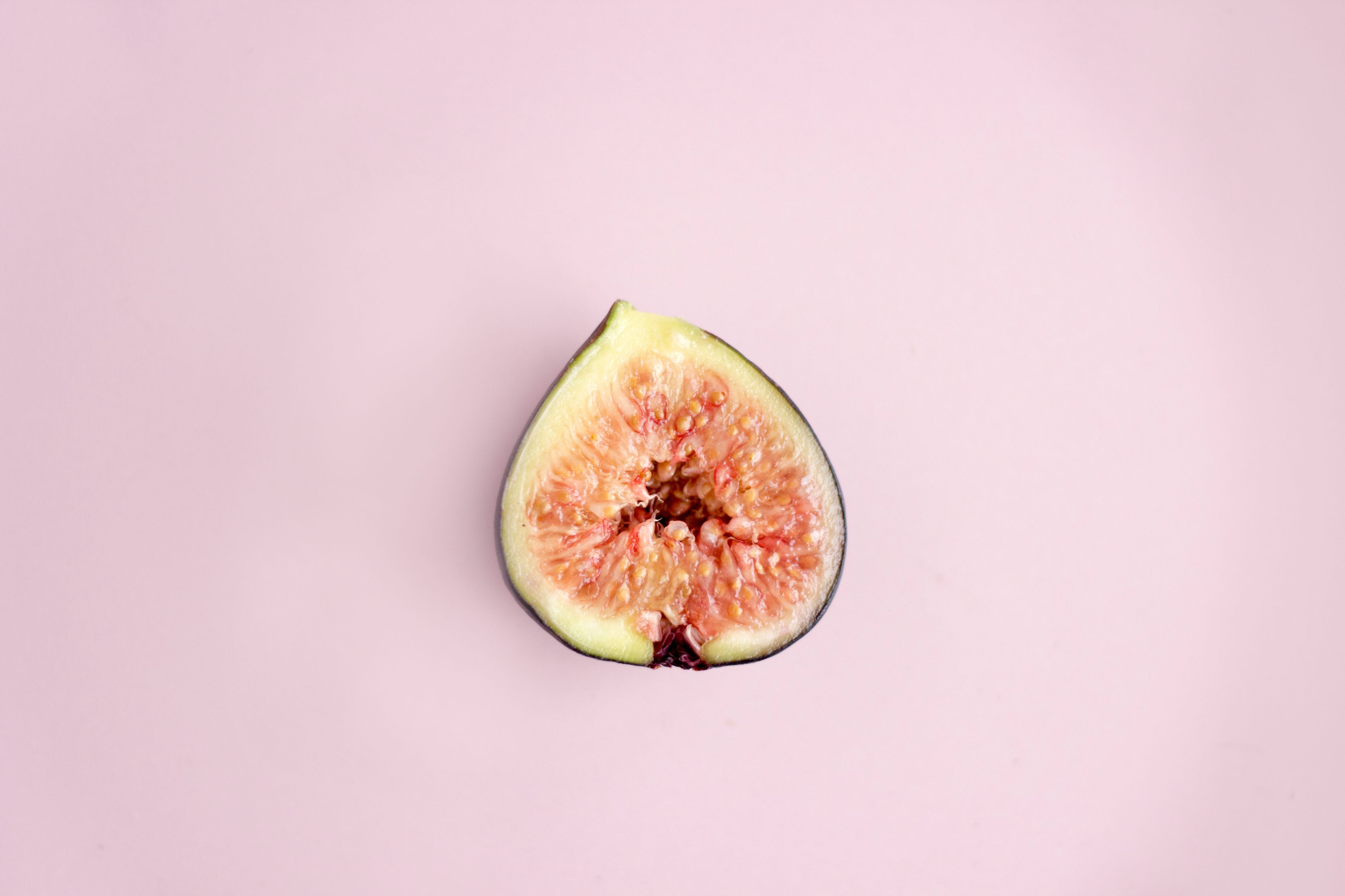
“Your body builds a fistula, which is like a tunnel through the nipple that seals off both outer points so the area can heal inward,” Thompson explains. “It may seem like you’re healed after two months because things look fine from the outside, and then you might be a little less cautious or more rambunctious with it.”
The result? You end up catching your jewelry on a top (ouch), which can cause swelling and irritation, or touching it with dirty hands, inviting infection.
On that note: Since the body knows your nipples are (biologically speaking) for breastfeeding a child, your immune system can create issues, too, Thompson adds. In some cases, your body could reject the piercing (it is a foreign object after all), which typically requires removing the nipple jewelry to avoid a serious infection.
All that said, in most cases, when you’re pierced by a skilled, hygienic piercer and using high-grade metal jewelry (as in gold, platinum, or titanium), your nipples will bounce back just fine halfway through the year.
Are there any risks associated with nipple piercings?
A piercing punctures your skin, poking a hole in your immune system’s first line of defense. Wherever you get one, there will be risks. If you plan to get a nipple piercing, Jaliman says infection (bacterial or viral), bruising, and irritation are all possibilities. (These are the same with any body piercing, though.)
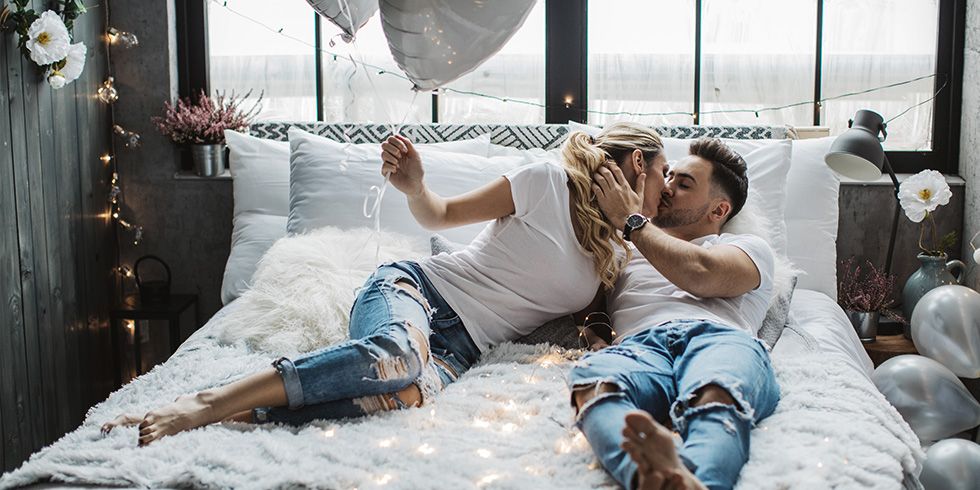
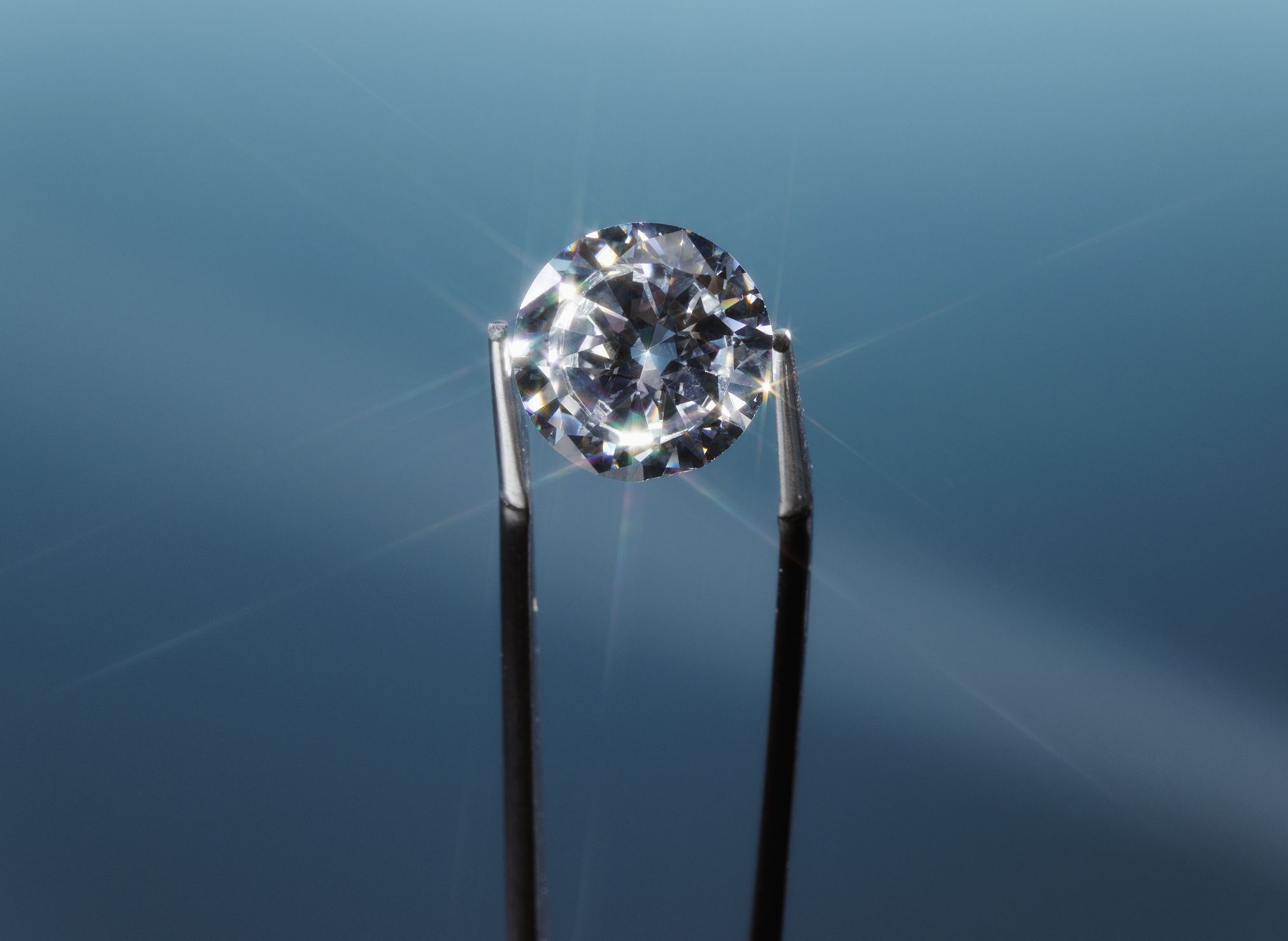
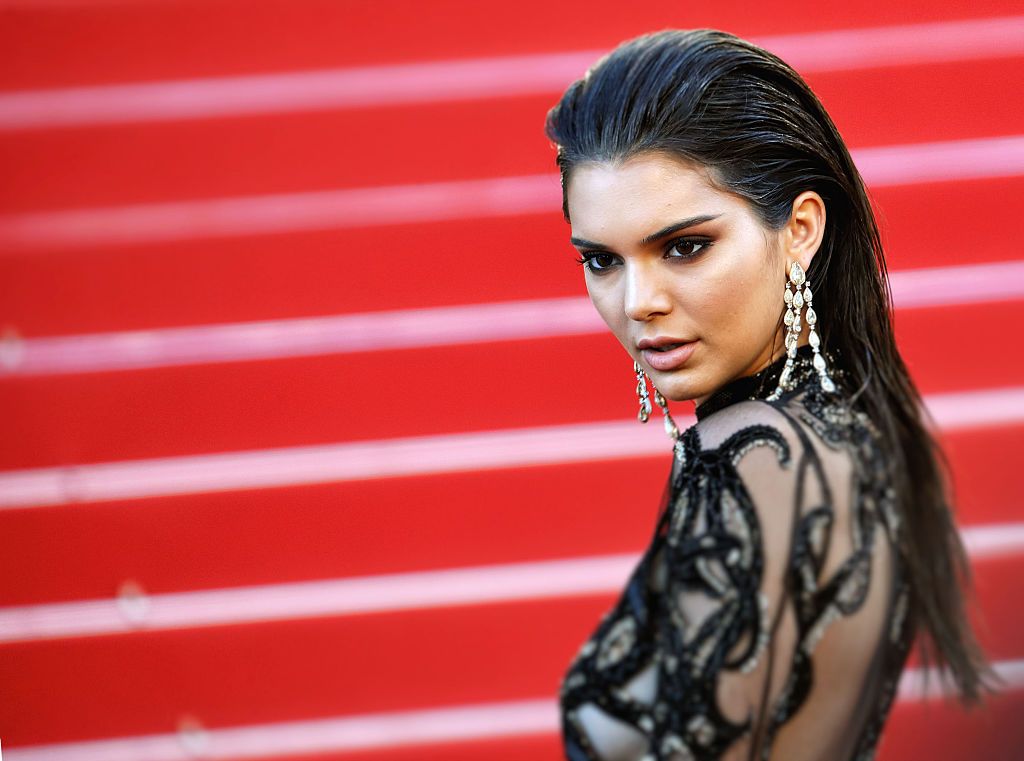
To avoid infection, since that is, by far, the most common issue: Make sure the the tools used to pierce your nipples are completely sterile, Jaliman stresses. The area should be cleaned with a skin disinfectant or alcohol before you get started.
If you have a metal allergy—looking at you, nickel—be sure the piercer uses stainless steel or better. After that, it’s up to you to take good care of your piercing.
Are there any benefits—will a piercing make my nipples more sensitive?
Great question. While there’s no scientific research that a nipple piercing will change the nerves in the area or increase nipple sensitivity, a lot of women say they notice a difference afterward.
“It could be more of a mental thing—a placebo effect,” says Thompson. “The same way you notice more Audis the second you buy an Audi, a nipple piercing makes you naturally pay more attention to your nipples. So they may seem more sensitive simply because you’re suddenly more mindful of them.”
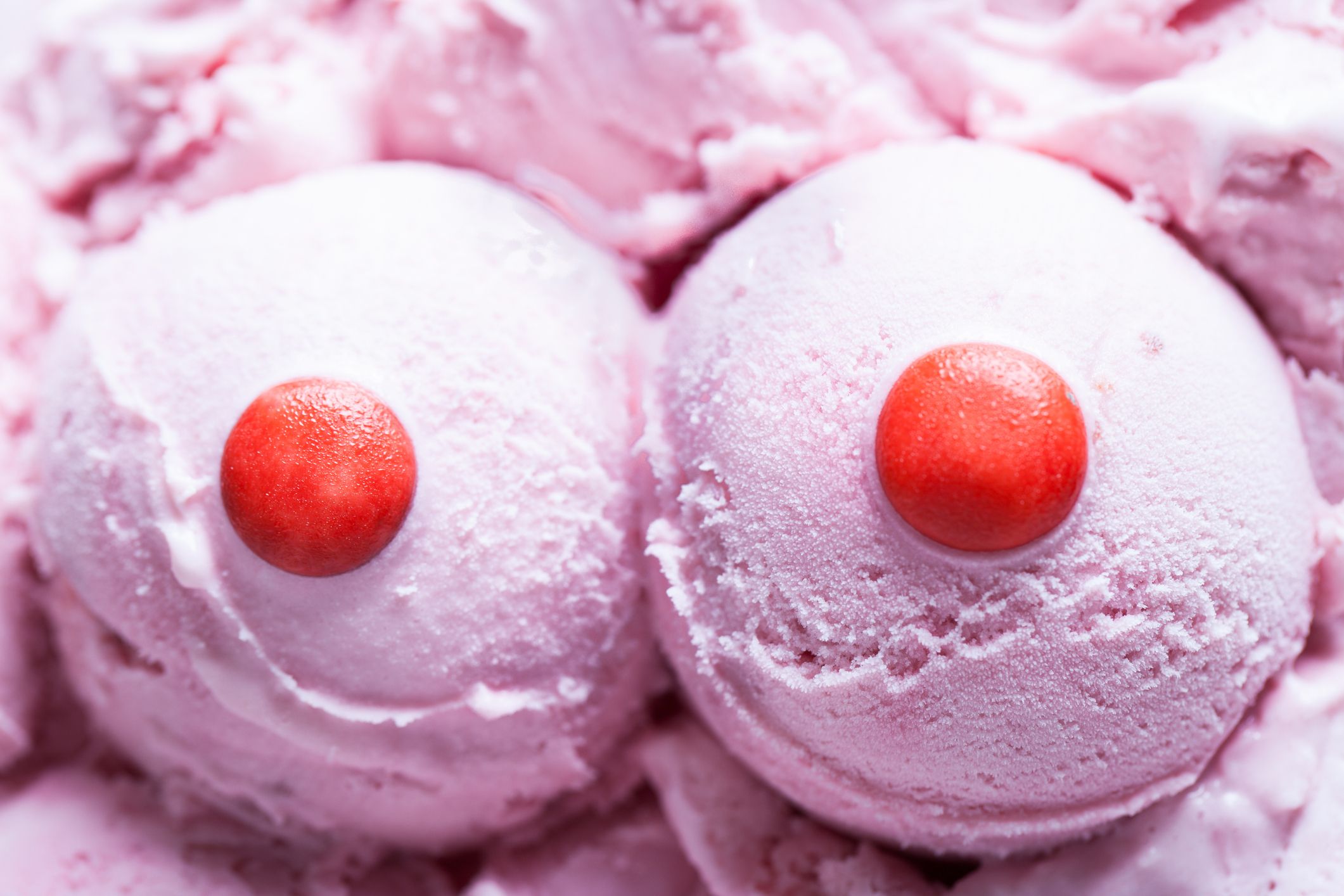
That said, nipple piercings do enhance the appearance of your breasts. “Inverted and flat nipples are really common, and piercing them pushes the tissue up a little so they look more pronounced,” Thompson explains.
Even if you have regular/pointy nips, a body piercing there gives them more of a profile. And that, for some women, makes them feel really sexy. Which can, of course, translate to a hotter sex life.
Cool, so how do I find the right piercer?
Most of the prep comes down to finding a piercer who will do a good job, and with whom you feel comfortable—you’re going to be baring your breasts to this stranger, after all.
Here’s how to find yours, as recommended by the Association of Professional Piercers (APP):
- Get recs from a friend with piercings.
- Check out online reviews, and compare feedback.
- Visit the space in-person and make sure the staff washes hands, wears gloves, and uses pre-packaged, sterilized needles.
- Take a peek at the piercers’ portfolios.
- Call your health department to check that the studio you’ve selected is licensed.
- Look out for the APP certificate displayed on the piercing studio wall.
How do I take care of my nipple piercing?
Again, your piercer should offer you detailed aftercare instructions, but you definitely want to make sure they clean the area before things get started. Jaliman recommends using “an antibiotic ointment right after the piercing and throughout the healing process.”

“Make sure to keep up with your nipple piercing aftercare,” she emphasized. For at least four (but typically four to six) weeks, Jaliman recommends using a special spray on the piercings: The APP suggests an additive-free, pre-mixed saline spray formulated for piercings.
Thompson recommends the “less is more” approach, keeping the area clean by showering once a day (with gentle, fragrance-free soap). “Your body doesn’t really need help to heal the area, aside from maintaining a healthy lifestyle”—you know, staying hydrating, eating clean, sleeping well, managing stress, and exercising.
During the first couple months, you’ll also want to skip hot baths, pools, lakes, and hot tubs (giant teeming petri dishes that they are), and cover the piercing with a waterproof bandage if you do partake, suggests the APP.
Also, consider a tight cotton shirt or a sports bra for sleeping. (Again, you don’t want the jewelry getting pulled out.) For itching, Jaliman suggests an over-the-counter hydrocortisone cream.
What does a healing nipple piercing look like?
Expect some bleeding and some crust to form around your piercing as it heals—do not remove the jewelry to clean, because the hole can quickly close.
Yellow discharge is normal and a sign of healing, but any fluid that looks green, brown, or streaky red is a sign of infection. Also, if the skin feels hot to the touch, your lymph nodes or swollen, or you feel like you’re getting sick (you have a fever or chills), see your doc ASAP.
Wait a minimum of seven to nine months before changing a nipple piercing, Jaliman says, unless you find you’re allergic to the metal in the jewelry. In that case, see your piercer to swap it out—unless, again, you notice signs of infection (always go to a doctor in that event).
What kind of jewelry should I use in my nipple piercing?
Some people have metal allergies: Avoid attaching anything made of nickel to your body, and instead opt for surgical stainless steel, Jaliman says. Titanium, platinum, gold, niobium, or certain polymers and glass are all solid options, too.
If you are getting a nipple piercing, you’re probably looking at one of three styles: A ring, a barbell, or a bent barbell.
What will my nipple look like if I take it out?
As mentioned, removing your jewelry might mean the hole closes quickly, so avoid taking it off for long stretches. If you do and it begins to heal, Jaliman says there could be a keloid (or a fleshy, raised bump—some people are genetically prone to keloid formation) or a scar.
Most of the time, the scarring is hardly noticeable, says Thompson, but if you keep your jewelry in for decades versus a couple of years, you’ll probably have that fistula and hole forever.
It really depends to the size of the hole you create—the typical 14- or 12-gauge size will heal so nicely after removing the jewelry that you probably won’t be able to tell it was ever there.
Can you get a nipple piercing and still breastfeed?
You can, although you shouldn’t get a nipple piercing and immediately return to breastfeeding. The piercing needs to fully heal (hopefully that’s obvious).
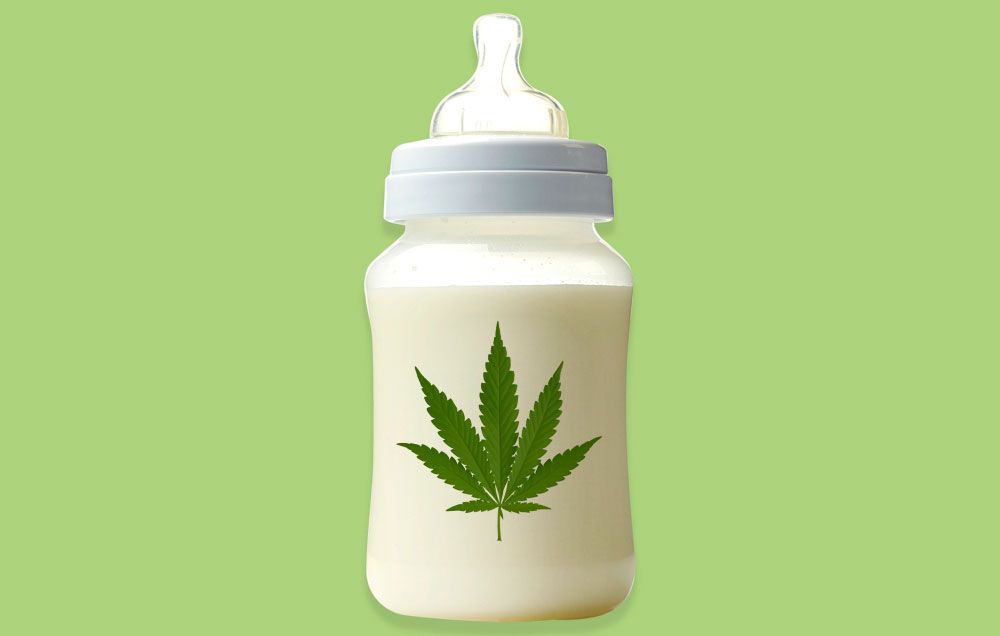
“Having had a nipple pierced does not affect the child breastfeeding or milk production,” Jaliman says. So just take out the jewelry and keep the area clean, and you should be fine.
(Again, as always, be hypervigilant about infection—contact a doctor if you notice pain, redness, swelling, or discharge.)
Okay, but what is it actually like?
Still not sure if it’s for you? These five women spill all the juicy details about their nipple piercings—from whether the pain was hellish to, yes, how the unexpected metal accessories affected their sex lives.
“I love surprising people with it.”
“I got my piercing about four years ago, during the summer after my sophomore year at college. I had wanted it for a minute, but didn’t know I would actually go through with it until I was checking in at a piercing shop about the price and logistical stuff. Before I knew it, I was topless and flat on my back as my piercer, Zoe, poked a pretty long needle through my nipple and left it there while she prepared my jewelry. That was weird.
“It hurt a lot, and honestly, if I had known what it would feel like, I may have skipped it. I am really glad I have it, though, and I love surprising people with it. It makes my nip much more sensitive, which I like, because I didn’t really have much sensitivity before. I’ve heard most women with larger breasts have less sensitive nipples. Not sure if its true, but it was for me.” —Mara W.
“The piercing definitely made me more aware of my nipples.”
“I got a nipple piercing when I was 20 and kept it in for probably eight years before I removed it. The piercing itself was not what I thought it was going to be. I’d had friends who got them and told me, ‘It doesn’t hurt nearly as much as you think it will.’ This was unhelpful; I waltzed in thinking it wouldn’t really hurt, so the pain actually caught me off guard.
“But it wasn’t just the pain—it was the whole experience. I was told an apprentice would be doing the piercing. I was like, ‘Okay. I can deal with this.’ They told me to take off my shirt and bra, so I was sitting there shirtless with my least favorite, most modest roommate and six strangers crowding around me. The apprentice picked up a needle to prep it, and his hand was literally shaking to the point where the main piercer was like, ‘Whoa. Set it down. Calm down. This is no big deal.’ Really instilling confidence in me, guys. When he picked the needle back up and was about to jam it through my nipple, the other piercer yelled, ‘STOP!’ The other piercer grabbed the needle and was like, ‘Look, it’s barbed. You do not want to use this one for the piercing.’ Finally, the deed was done. It was much more painful than I thought it was going to be because I had expected it not to hurt. The pain was sharp and searing, but in the grand scheme of things, it was still manageable.
“At the time, I was dating my now-husband, and he just rolled his eyes at the whole thing. He didn’t care one way or another if I had one, so from an ‘exotic’ standpoint, it didn’t make a bit of difference. The piercing definitely made me more aware of my nipples, and that awareness probably made me more sexually aware as well. Once it healed up, I will say it added some spice to our sex life. It made my nipple more sensitive and tingly. He could tug on it with his teeth, massage it, or flick it, and it would elicit greater arousal.”—Laura W.
“I don’t remember even deciding to get a nipple piercing.”
“I imagine it was one of those things that seemed like a good idea at the time. I do, however, remember getting it done. The piercer was a much older man. It felt strange whipping out my breast for him, but he took it like a day of work. Now, I have an average amount of piercings—ears, nose, tongue—but, my god, the pain of a needle sliding slowly through my nipple is one that I never want to experience again.
“To be honest, I’ve found that nipple piercings only ever changed my sex life if my partner was into it. My ex would find it interesting, but my current boyfriend thought if he played around with it too much it would hurt, bless him. I actually found that it was less sensitive than my non-pierced nipple, but I guess the fact that it was there to play with made it more erotic. It seemed to be just as pointless as my tongue piercing, really, and when I accidentally ripped it out with my bracelet about a year ago—a story I hear is pretty common—I never decided to go back and get it redone. Interestingly, now that it’s not there anymore, I find that that nipple is much more sensitive than the other.” —Jess M.
“Once I sat up and looked in the mirror, I was instantly aroused.”
“It was the weirdest thing. I had a dream that I was getting my nipples pierced, and when I woke, I was intrigued by the thought of it. I started to do research, and by the end of the week I had them done. The experience was nerve-racking, of course. I was sitting in the parlor like, ‘What the heck am I doing here?!’
“I sparked a convo with a young lady who was getting her nose pierced, and that set my nerves at ease. Then, I heard my name called, and there went my nerves again. The room was cold and very sterile. I removed my top and bra and lay on the leather chair. My nipples were erect from the cold chill. The tech told me to take a deep breath, then boom. She put the bar in my left nipple, and I felt it in my toes. My adrenaline kicked in; then it was time for the right one. That was the painful one, as it’s my sensitive side. I felt the blood rush through my entire body. I lay there a while. Once I sat up and looked in the mirror, I was instantly aroused.
“The ride home was interesting. The vibration of the train was erotic. Still in full adrenaline mode, I felt myself climaxing. What a rush! My first intimate encounter was also amazing. The touch of his tongue circling my nipple and the bars made for an explosive orgasm, and it has ever since. I’m a put-together, professional caretaker and mother. The thought of this secret being hidden under my clothes is so sexy to me. I’m aroused by the slightest touch or tap, and I would not take them out any time soon!” —Yamil J.
“My partner says that they taste like metal.”
“I got them done a month apart: the left first, then the right. I’m a side-sleeper, so I figured that doing one at a time was the best approach, and I think I made the right choice. The first hurt worse, mostly because I was more nervous and thus more tense. My nipples are naturally not that sensitive, so compared to the stories I have heard from others about the pain they experienced during the piercing process, I had a pretty easy time overall.
“After getting them done, my nipples are definitely more sensitive than they were before. That’s a big bonus because I didn’t get much from my partner touching my nipples before. There definitely is a level of caution that both my partner and I have gotten used to having, but I think that a bigger issue than anything sex-related is simply getting dressed. You have to be careful taking clothes on and off, and things like open knits and mesh are usually a no-no.
“My partner says that they taste like metal, but he doesn’t really mind it or notice in the moment. Overall, I enjoy having them mostly for aesthetic purposes—they’re super cute and switching out jewelry is fun—and I see myself having them at least for another year or two.” —Chloe M.
Source: Read Full Article
